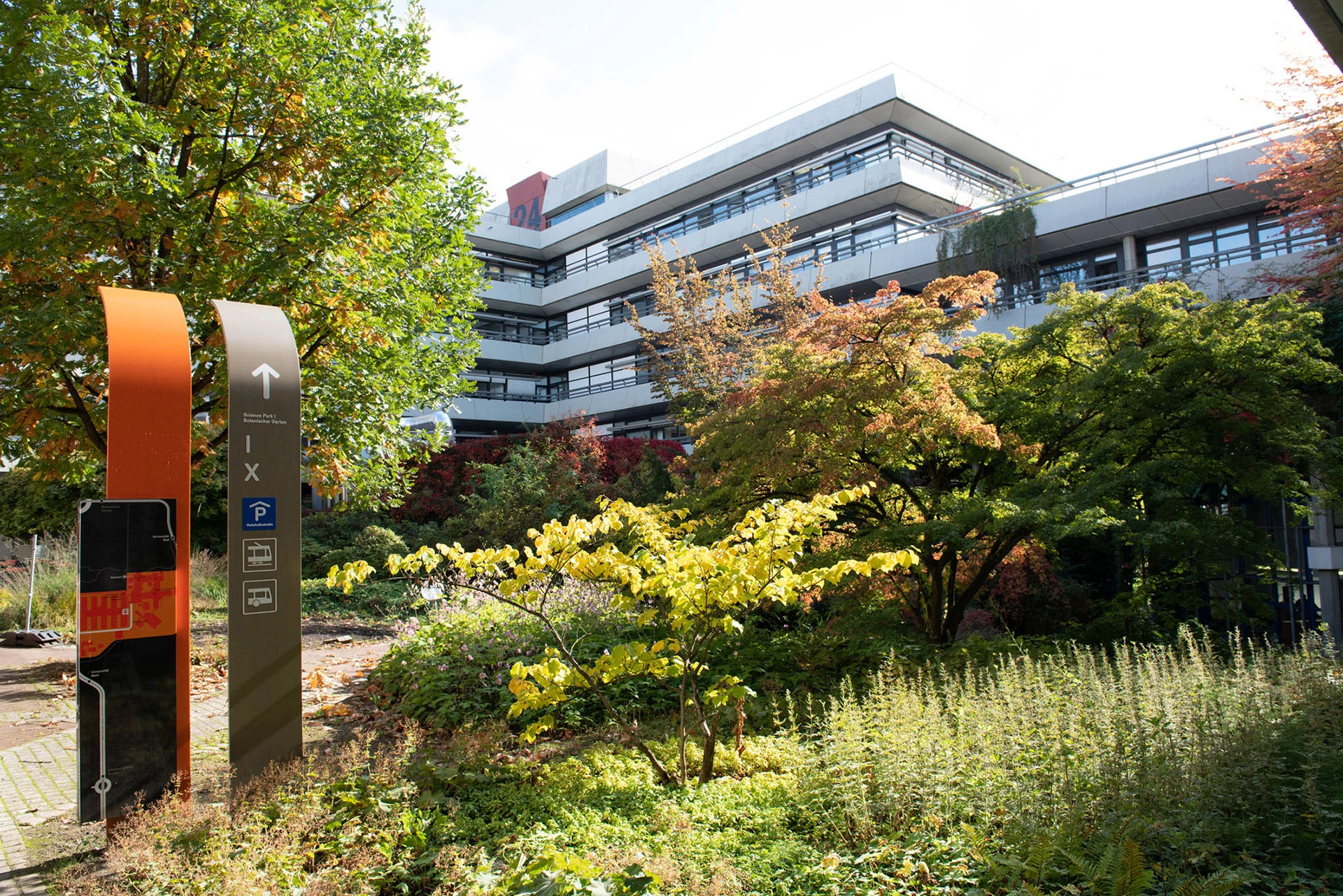Would you briefly introduce yourself and your area of responsibility within the University in Ulm?
Hello everyone, my name is Klaus Fumy. I work as a technical employee at the University of Ulm, where I work in the central operating facility "kiz" (communication and information center) media department. Among other things, this department co-manages the TYPO3 system, for which I have been responsible since 2006. We have already experienced several iterations and many updates of TYPO3. In the first few years, we did it all in-house. Since 2016, with the last big visual relaunch, we brought in2code on board.
I am responsible for TYPO3 to be up and running. My colleague in the other department is responsible for the web servers. I am the communication interface between all the university's needs for the website, the system, the system administrators and the system operators, i.e. editors. We have almost 1000 editors that I help to manage. The work is very distributed. There are hardly any universities that have a central editorial office that is then responsible for all content. That's not the case here either.
What has been the motivation for the university to reach out to in2code this year?
We have a support contract with in2code since 2016, that is, since the relaunch, which is why we are also in constant exchange with in2code. Since then, we have been working together on bug fixes and further development steps.
Since in2code is also responsible for our deployment and supports us in all development matters (except for a few configurations that I do myself), in2code is so connected to us that it would be very difficult for another agency to interfere with our deployment system in a meaningful way.
We are also legally obligated to always use up-to-date software versions for the university. We were previously on version 9 and there were no more updates unless you would have purchased an extended support or something like that. But that would have just been a delay. That's why almost every year or two we are required to update a major version.
Initially, the plan was to migrate from version 9 to 10. But then we found out that the 11 version is ready and already out in many iterations, so that it can be called stable and usable from a university point of view. That's why we immediately took the step to version 11 and skipped 10. In some places, however, this has led to difficulties and longer development times.
Speaking of difficulties, what exactly have been the challenges of the update?
The biggest challenge was not necessarily TYPO3 itself, but the conversion of the entire deployment system and the server architecture. In the course of the update, we set up our own Git repository at the university. The former repository including the deployment tool was modernized together with new servers at our university. All these technical changes were a great challenge for us as a university, especially with regard to the lack of staff. This also led to delays because we were not online as quickly and as stably as we would have liked.
Another challenge were some essential extensions that were not yet publicly available for TYPO3. With some creativity we found a solution together, for example to enable a grid system for page contents again.
Another challenge is testing new pages. When the system is being transformed, you naturally try to figure out many things through testing. What works and what does not work. Since testing is very manual, it's also kind of unstructured. The system is complex. You have so many possibilities, at least in our system, to use content, plugins, etc. in different constellations or to make use of forms. We have not yet found a good solution for testing all of this and proceeding in a systematic way, because we lack the necessary manpower.
You can run automated technical tests, just like an extension basically does, but whether it runs exactly as expected in the specific context was a lot of trial and error. In some cases, we played things out live, which our editors then criticized. These errors then had to be eliminated.
We have not had many problems with the migration. This is mainly due to the fact that we only had to migrate a little - that is, from one version to the next. That was just the case with a few extensions. But that wasn't a complete migration, in the sense that you had new templates or a new design. That was just a technical challenge.
How were the problems or challenges eventually solved?
Most of the solutions hang on the respective people throughout the process. On the in2code side, as far as I could tell, there were a total of 4 people. On the university side, there were only 2: my colleague who takes care of the servers, and me.
We succeeded best by communicating with each other. We usually managed that very well. The handling via the ticket system and Trello was particularly helpful. The very structured way of working of Marcus Schwemer, who is part of the in2code university team, should be emphasized. He set up the tickets and then worked through them one by one. If there were problems regarding special extensions, he got help from his colleagues. The communication via Trello and the ticket system took place almost daily. I was able to read everything, follow the current status of things, see where there were problems and whether feedback was needed from our side if a colleague was stuck.
Were there any specific requirements from the University of Ulm in advance?
It was important to build a system architecture to ensure a transition period for the editors who could familiarize themselves with the new system. When we were able to update, the requirement was to switch from the system without losing data and for the update to run as smoothly as possible for the editors with little downtime.
The update is a process that takes about 24 to 36 hours. The actual update then started with the editorial stop. From this point on, the editors could no longer enter anything into the backend. But there was one thing we did not consider. During the time the update was running, forms were still filled out, submitted and saved in the frontend. We had to tediously restore this data again via the old system and via individual instances with the last data status.
We are currently working on making the new system faster in delivering pages, especially those that are not yet cached. But I am very confident that we will be able to optimize this further in the future.
Klaus, I heard from my colleagues that you are a DJ and play music in your free time. Can you tell us something about that?
Yes, I am a passionate DJ and play electronic dance music in my free time. Mostly at my own events, which I have been organizing in Ulm for several years. Under the term Ecstatic Dance I bring the visitors to dance barefoot and my joy is to look into mostly happy faces at the end of an event. :-)
If anyone is interested in the music and/or events: under www.shiva-dance.de you can find my events and under www.mixcloud.com/ShivaDanceUlm/ you can listen to some of my sets.




